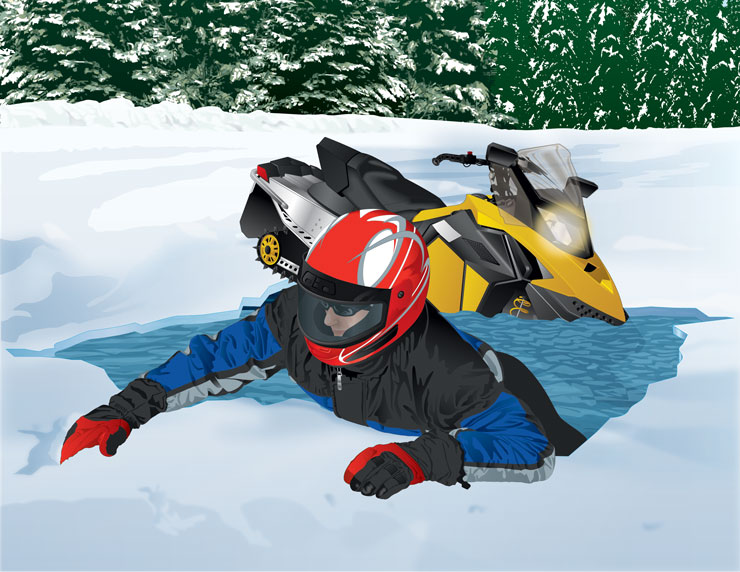Table of contents
ToggleWhen we practice snowmobiling, we are attracted by the wide open spaces offered by the frozen waters. These large expanses can allow us to get away and relax on our snowmobile. These places are also obligatory passages connecting two sections of federated trails. But are they safe?
Year after year, several deaths are unfortunately recorded due to the audacity of some snowmobilers who venture onto the water surfaces. They mistakenly believe that the cover is resistant enough to their passage and some families are decimated.
Education is needed to reverse this trend and your Snowmobile.ca magazine has decided to highlight some basic principles that will probably save your life. At the same time, we will take the opportunity to contradict some popular beliefs.
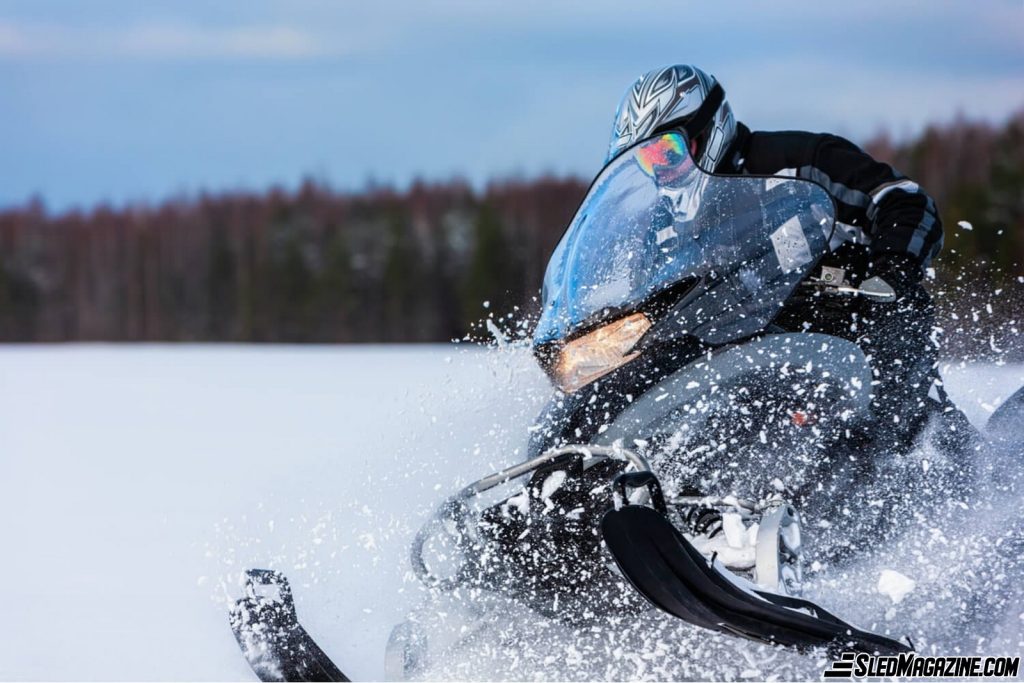
The depth may differ from one place to another!
It is a misconception that ice is of uniform thickness over a body of water. In fact, the thickness of the ice is usually variable, as it can be very thick in one place and very thin a few meters away. If you have the opportunity, measure it to make sure it is thick and always be accompanied.
Drill holes down to the water at different locations. Repeat every nine metres on the surface you want to play on, as the ice must be assessed in several places to ensure that it is safe. The thickness and strength of the ice can vary significantly from place to place on the same body of water.
Before venturing onto a lake or river, it is important to ensure that the ice is of adequate thickness. According to the Quebec Lifesaving Society, when walking, do not venture out on the ice that is three centimetres thick or less. When snowmobiling or ATVing, it is necessary to ensure that a minimum of 12 centimetres of ice is over a body of water before venturing out.
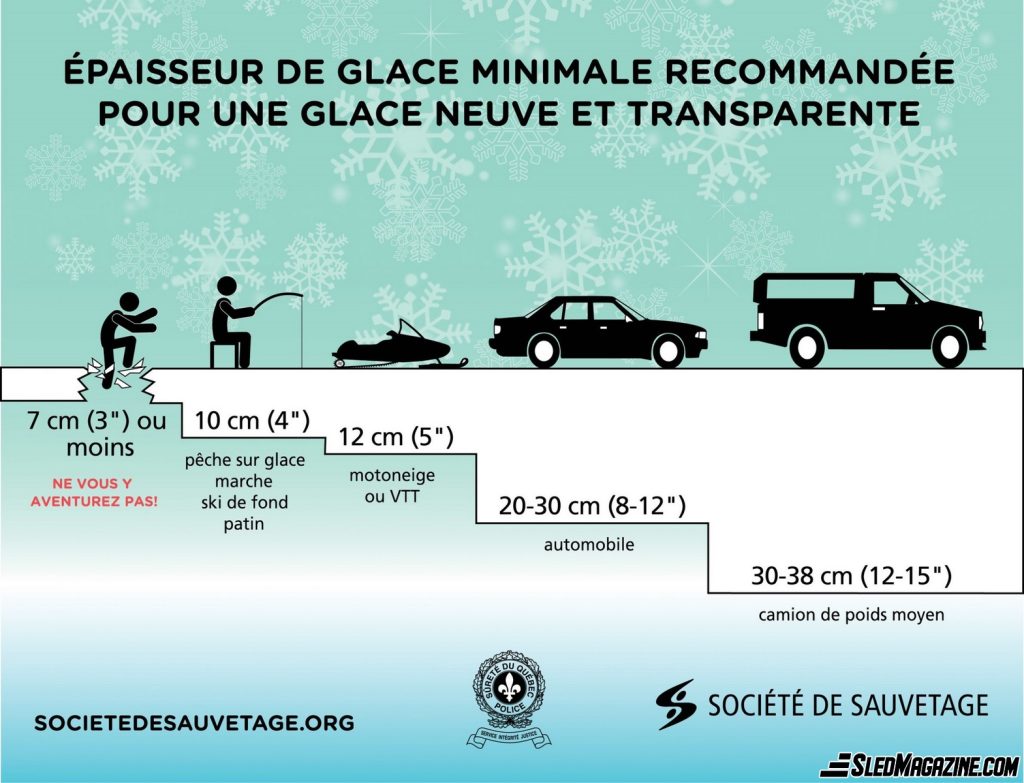
A rule called 1-10-1:
In the event of an accidental fall into cold water, he recommends staying calm and controlling your breathing. The body goes into thermal shock when it enters the frigid water. This shock can cause hyperventilation, the feeling of not being able to breathe.
Remember that the 1-10-1 principle applies when you fall into cold water: 1 minute to calm down and catch your breath, 10 minutes for fine motor skills, and 1 hour before losing consciousness.
In one minute, you must regain control of your breathing or you may lose consciousness. The body then has 10 minutes of muscular strength to break the thin ice that has built up around the body.
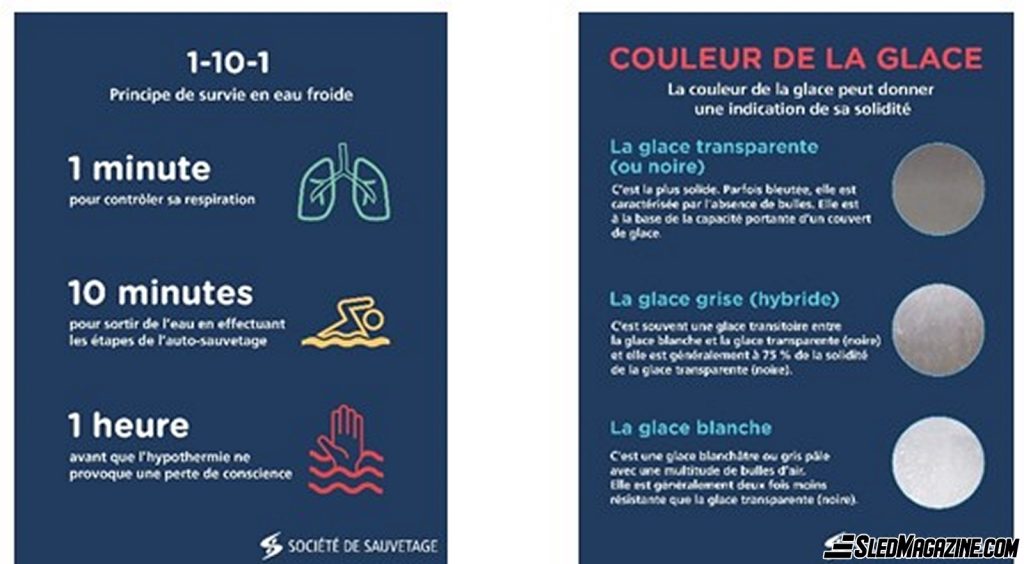
Quickly, we have to hold on to a solid sheet of ice or a boat during these ten minutes of muscular strength. We have to move our legs to get out of the trunk as much as possible and start crawling or even rolling before we can get on all fours or stand.
The last number in the 1-10-1 rule represents about an hour before you reach the hypothermia factor. During this hour, if you are really stuck in the water and are unable to get out, keep calm. You may have time to see help arrive.
Some basic tips:
Here are some tips that will be helpful in getting you out of the water should the situation arise:
- Stay calm and call for help.
- Break up the thin ice around you and swim constantly to keep yourself afloat.
- Put your arms as far out on the ice as possible and try to get out of the water by flailing your legs.
- Pull yourself forward until your hips are on the ice’s edge and continue to kick and most importantly, stay calm.
- Roll or crawl as far away from the hole as possible. Do not stand up to distribute your weight on the ice surface.

If you find yourself near someone in distress after the ice has given way under their weight, remember that your own safety comes first. Don’t venture out onto the ice; throw or hand an object, such as a rope, to the person. Encourage the person by explaining the steps to get out while staying out of danger yourself.
Hypothermia can lead to serious health risks and even death. If you or one of your companions find themselves in a precarious hypothermic situation, you must contact emergency services immediately by calling 9-1-1 without delay.
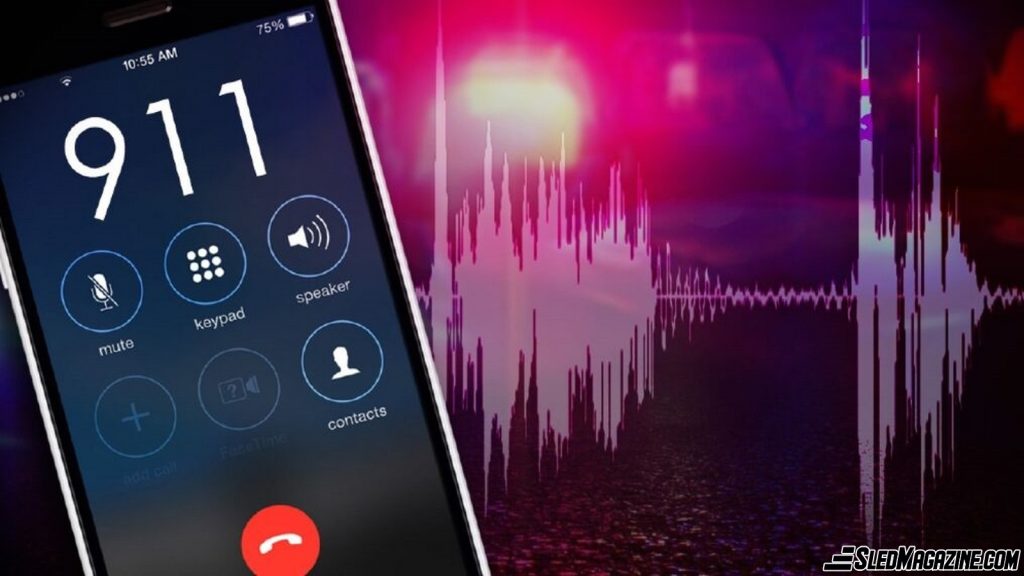
While waiting for help, you can take the following steps:
- Get out of the cold, without making any sudden movements.
- Carefully remove wet or damp clothes.
- Cover yourself with blankets and warm up gradually, starting with your head, neck, trunk and groin area (upper thighs).
- If you have hot water bottles or heating blankets, place them under your armpits, on your groin area and on your stomach and be careful not to burn yourself.
- If possible, take small sips of a warm, sweet drink, but without alcohol.
- Do not massage the skin.
- Do not smoke or drink alcoholic beverages to warm up. On the contrary, it can make your body temperature drop even more.
In conclusion, presumption and carelessness are attitudes that we must eliminate from our behavior. Everything can change in less than 24 hours. If the trail is closed, or if the snowmobile club federations have removed their signs, it is no longer appropriate to use that waterway or route.

